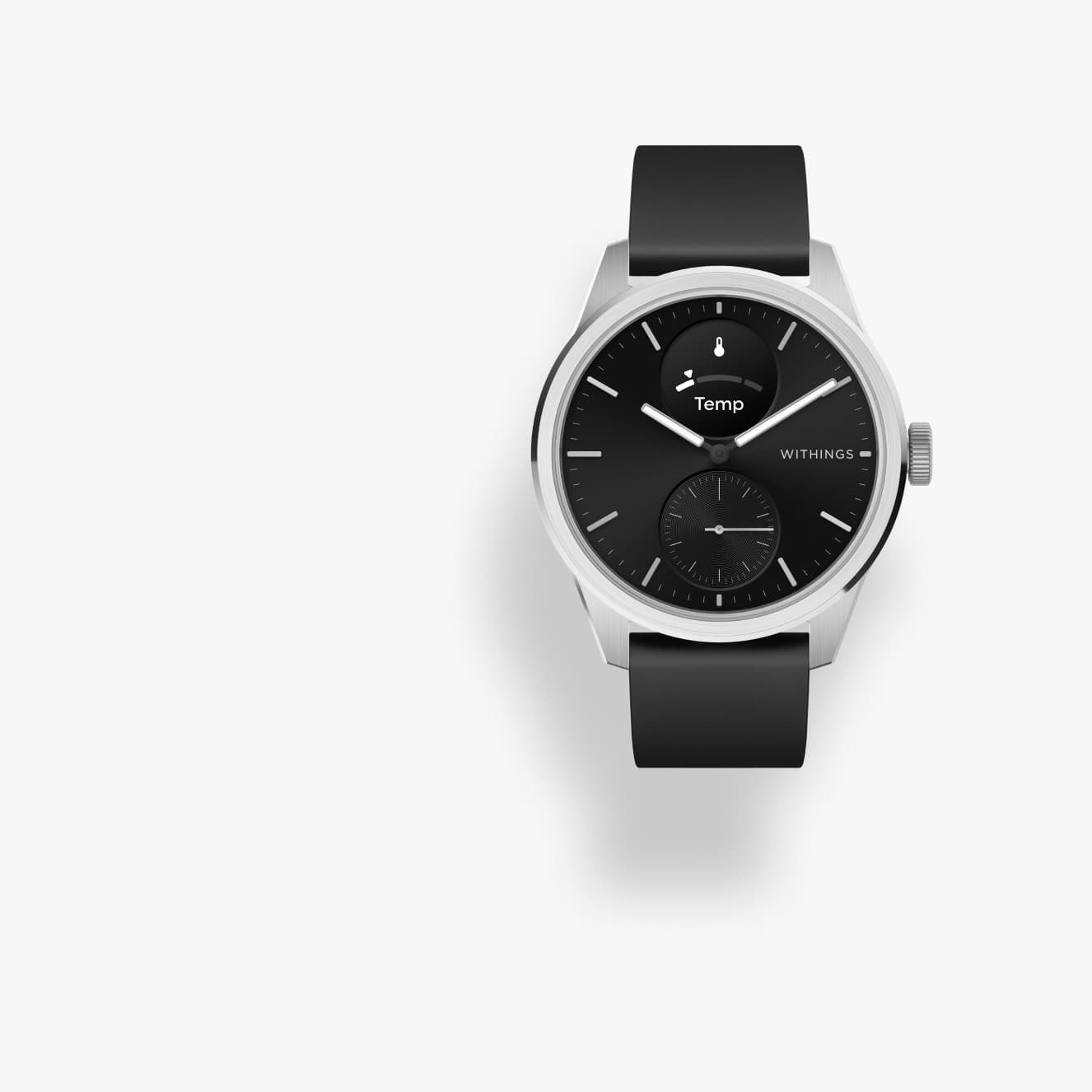About 37.8 per cent of children aged 10 years have Facebook accounts, while 24.3 per cent in the same age group are on Instagram, which is seemingly contravention to the guidelines laid down by various social networking platforms, the apex child rights body NCPCR found in a new study. The age barrier for creating an account on Facebook and Instagram happens to be 13 years.
In the National Commission for Protection of Child Rights (NCPCR) study on the Effects (Physical, Behavioural and Psycho-social) of using Mobile Phones and other devices with Internet Accessibility by Children, it was found that a large proportion of 10-year-olds have social media accounts.
According to the study, 37.8 percent of 10-year-olds and 24.3 percent of the same age group have Facebook and Instagram accounts, respectively.
This is seemingly in contravention to the guidelines laid down by various social networking platforms, it noted.
“Social media platforms contain and disperse such a variety of content, a lot of which is neither appropriate nor conducive for children. They can be anything from violent or vulgar content to instances of online abuse and bullying of children. Hence, in this regard, proper oversight and stricter enforcement are required,” it said.
Among the children who have accounts on the major social networking apps/sites, Facebook (used by 36.8 percent) and Instagram (used by 45.50 percent) are the most popular.
For the study, responses from 5,811 participants, consisting of 3,491 school-going children, 1,534 parents, and 786 teachers from 60 schools across six states in the country were collected.
The data also showed that the most prominent means to access smartphones and the internet for the children is through their parents’ mobile phones–62.6 percent of respondents.
“It is also interesting to note that 30.2 percent of the children of age groups (8 to 18 years) possess their own smartphones and use them for all purposes,” the study said.
The major activity for which children use smartphones/internet devices is online learning and classes; 94.8 percent of the respondents were of this opinion, the study found.
The other major purposes of use include messaging applications (40 percent), referring study materials (31 percent), music (31.30 percent), and games (20.80 percent).
When asked about children’s features like enjoying smartphones/internet devices, 52.9 per cent answered as chatting. Only 10.1 percent of children like to use smartphones for online learning and education.
According to the data collected, 78.90 per cent of children said that they spend between 0-2 hours on their smartphones using the internet, playing games, listening to music, and chatting, which is quite less compared to popular perception.
While 15.80 per cent of the children spend 2-4 hours on smartphones, 5.30 per cent spend more than 4 hours.
The study found that about 76.20 percent of children use smartphones before going to sleep.
According to the available literature, smartphones/smart devices, which have vibrant screens and motion pictures at a minimum of 36 frames per second before going to sleep, have many negative and detrimental effects on humans’ state of mind and health, especially children. It can lead to adverse impacts on them like sleep disorders, sleeplessness, anxiety, tiredness, among others, the study flagged.
The study also revealed that 23.80 per cent of children use smartphones while in bed before going to sleep, which is a substantial proportion and cause for concern. The data also indicated that the use of a smartphone in bed increases with the increase in age of children.
“About 13 percent of children ‘always’ use smartphones while studying, 23.30 percent ‘frequently’ use them, 30.10 percent ‘seldom’ use them, and only 32.7 percent of children ‘never check their smartphones while studying’.
“Approximately 37.15 percent of children, always or frequently, experience reduced levels of concentration due to smartphone use,” the study said.
The NCPCR study also found that most children believe that using the internet has ‘very much’ or ‘partially’ increased their creativity, which is 31.5 per cent and 40.5 per cent, respectively.
While 29.7 percent of the children feel that the COVID-19 pandemic has very much had a negative impact, 43.7 percent think it has had a ‘partial’ negative impact on their education.
“Hence, it could be concluded that the education of the majority of school children was negatively impacted due to the pandemic and its subsequent consequences,” the study said.
Most of the teachers (54.1 percent) who participated in the study believed the use of smartphones in the classroom is immensely or somewhat distracting.
“Around 72.70 percent of teachers had no prior experience of using smartphones/internet devices. Therefore, there is a need to equip the teachers with the digital know-how and give them access to sufficient educational resources and teaching aids,” the study said.
The biggest challenge that teachers face in allowing the use of smartphones is that they find it hard to monitor” what students are doing–36.1 percent were of this opinion.









